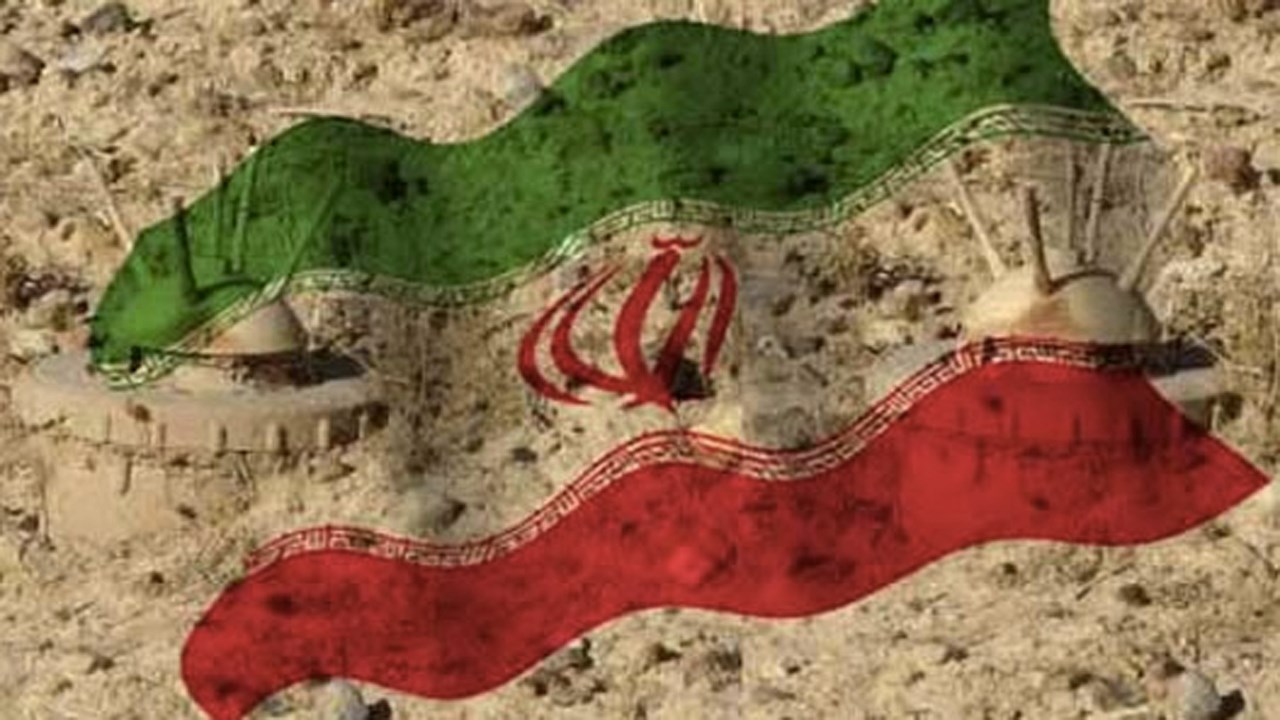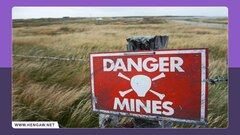50 Kurdish People Vicitimized in Mine Explosions in Less than 10 Month
Hengaw: Three decades past Iran and Iraq's war, mines in Kurdistan borders are still causing casualities. However,

Hengaw: Three decades past Iran and Iraq's war, mines in Kurdistan borders are still causing casualities. However, There are proofs and statistics showing Iran's regime has been planting anti-personnel mines in Kurdistan.
Since the beginning of 2018 in less than 10 months, at least 50 Kurdish citizens have been vicitmized in mine explosions in Kurdistan's borders of which 14 people died and 36 of them have been injured or lost limbs, according to the statistics center of Hengaw Organisation for Human Rights.
Comparring to 2017 the rate has increased to 16% meaning 42 mine explosions of which 5 people died. The death rate due to mine explosions this year has increased to 64% (9 cases).
Most of the explosions took place in Sna(Sanandaj). In less than 10 months 22 citizens stepped on mines and 8 people died in the incidents, based on the report.
Illam with 10 victims( 3 dead, 7 injured) stands in the second place after Sna(Sanandaj), Urmia with 8 victims( 2 dead, 6 injured), Kermansha with 7 victims( 1 dead, 6 injured) and Lorestan with 3 injured victims hold
the records in Kurdistan.
The statistcs shows 20 cases were Kolbars, 12 were mine clearance workers who worked for military, 11 were citizens, 4 were environmental activists and 3 were local farmers.
Reports to Hengaw prove that after new fighting strategies established by the parties of Kurdistan through last years, Iran's regime has been planting anti-personnel mines in Urmia and Sna(Sanandaj) provinces. Looking at the increase in the rate of victims in Sna(Sanandaj) province with 22 cases proves the above theory.
Iran has not signed Ottawa convention yet which bans producing and planting anti-personnel mines. On the contrary they have been planting mines in different areas in Kurdistan with the excuse of preventing Pishmarga forces' from trafficking



